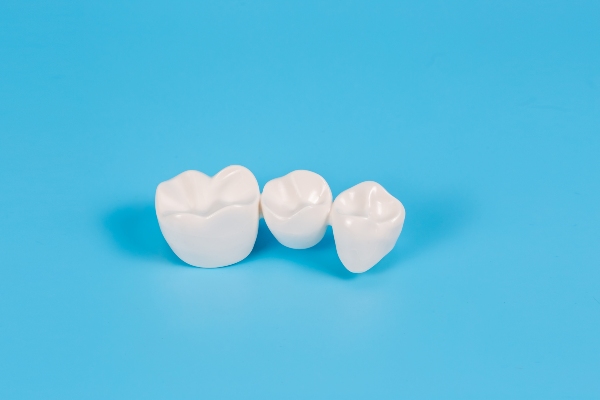Dental Sealant Can Protect Teeth From Cavities

The primary purpose of dental sealants is to prevent cavities. Over time, dental sealants can save patients money and the experience of a more invasive dental procedure. It is helpful to understand what dental sealants are and how they work to decide if treatment is appropriate for you.
The role of dental sealants in cavity prevention
Any dentist will tell you that the best way to deal with cavities is to prevent them from developing in the first place. The best way to do this is through brushing and flossing regularly and eating a diet that is low in sugar and other carbohydrates. However, dental sealants also offer a unique opportunity to prevent cavities from developing.
What are dental sealants?
Dental sealants are thin coatings that are applied to the biting surface of molars and premolars. As mentioned, the main purpose of dental sealants is cavity prevention. They protect the enamel of teeth that are more vulnerable to decay. Most commonly, dental sealants are made of plastic material and “painted” onto the grooves of teeth. The procedure is painless and often takes an hour or less.
Who should consider dental sealants?
Dental sealants are popular among children who still have many of their primary teeth. This is because children are often prone to develop cavities on their molars and premolars, and issues with primary teeth may cause concerns with the development of permanent teeth. However, adults can benefit from dental sealants as well, particularly those who are more vulnerable to tooth decay. Dental sealants are a great way to reduce the risk of cavities to molars and premolars, but it is important to remember that they are not a substitute for good oral hygiene and proper dietary practices.
How are dental sealants placed?
Dental sealant placement is painless and non-invasive. The entire procedure only takes one visit and is complete within an hour or two. The process involves cleaning and drying the teeth that receive the dental sealants. An acidic gel is then placed on the teeth to make them rougher and better able to support the sealant. The gel is then washed off and the teeth are once again cleaned.
At this point, the dentist coats the sealant material to the teeth and bonds it into place with a special ultraviolet light. Keep in mind that each dentist has their own process, so every patient may have a slightly unique experience.
How long do sealants last?
Dental sealants can last for several years before they need to be reapplied or replaced. Patients can make their dental sealants last longer through good oral hygiene and avoiding anything that may damage the sealant material, such as ice, hard foods and teeth grinding.
Schedule a consultation to learn more about dental sealants
If you would like to learn more about the benefits of dental sealants, then give our team a call today to set up a consultation visit. During the visit, we can answer your questions and provide you with all the information that you need to make an informed decision about dental sealant treatment.
Are you considering dental sealant treatment in the Saratoga Springs area? Get more information at https://www.mysaratogadentist.com.
Check out what others are saying about our services on Yelp: Read our Yelp reviews.
Recent Posts
You are not alone if your busy schedule has prevented you from making regular visits to a dental practice. Though dental visits are important for oral health, people often put them off for a number of reasons, such as a lack of time. However, the following are signs that it is time to prioritize getting…
Dental bridges are an effective option for people missing teeth due to trauma, infection, or decay. They can prevent the teeth from shifting, a common side effect of missing teeth. They also restore normal oral function and appearance. Here are a few types of dental bridges a dentist might consider.A traditional dental bridge is the…
Dental practices continue to serve as reliable sources of information for individuals seeking to maintain optimal oral health. However, myths often cloud the decision-making process related to daily care, recommended procedures, and overall dental well-being. My Saratoga Dentist PLLC seeks to debunk the five most common dental myths to help people regain control over their…
Dental practices provide essential oral health services to patients of all ages. These services range from preventive and restorative treatments to cosmetic and emergency procedures. Understanding the types of care available at a general dental practice can help patients make informed decisions about their oral and overall health.Preventive care is a cornerstone of dental practice…


